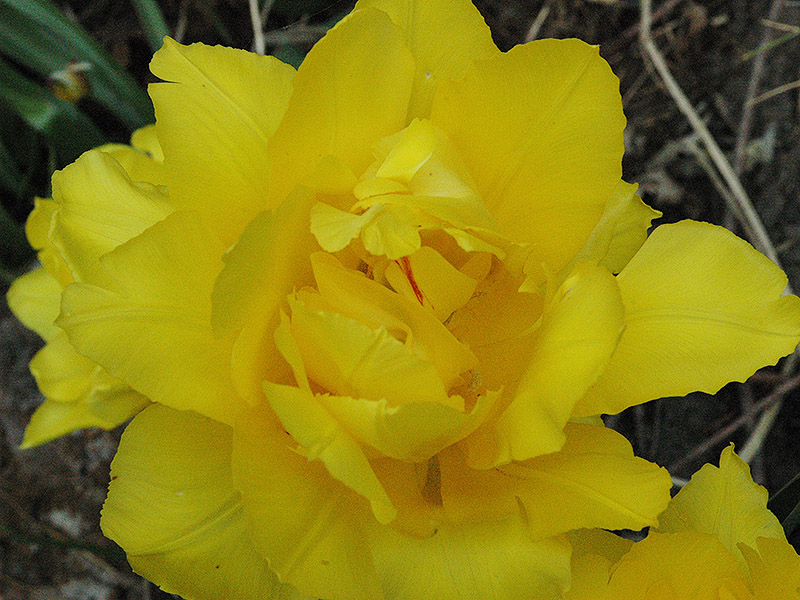
Bulbs, Perennials > Tulipa > Tulipa 'Monte Carlo'
Tulipa
'Monte Carlo'
Monte Carlo Double Early Tulip
Origin: Based upon the tulip classification system this plant is considered a class 2 (double early) tulip.
Mike's
Opinion


"
I have grown this cultivar for over fifteen years and although not a fan of hybrid tulips I find this one easy to use in the garden. It is a short, stout plant whose simple colour makes it quite palatable. The double blooms last significantly longer in our hot, warm springs than the single flowered forms and thus we get an extended bloom time.
Michael Pascoe, NDP., ODH., CLT., MSc. (Plant Conservation)
"
| Family |
| Liliaceae |
| Genus |
| Tulipa |
| Cultivar |
| 'Monte Carlo' |
| Category |
| Bulbs, Perennials |
| USDA Hardiness Zone |
| 3a - 8b |
| Canadian Hardiness Zone |
| 1a - 8a |
| RHS Hardiness Zone |
| H4 - H7 |
| Temperature (°C) |
| -40 - (-7) |
| Temperature (°F) |
| -40 - 20 |
| Height |
| 15 - 30 cm |
| Spread |
| 7 - 22 cm |
Photographs
Description and Growing Information
Flowering Period
| General Description |
| Small bulbous perennial. |
| Landscape |
| Flower borders and containers. |
| Cultivation |
| Plant in fertile, well-drained soil. |
| Growth |
| Fast |
| ID Characteristic |
| Frilly 5 cm yellow flowers. |
| Pests |
| Possible problems include: aphids, slugs, stem and bulb eelworm. Tulip fire is caused by a rapidly spreading fungus, Botrytis tulipae, affects all parts of the plant (leaves, stems and flowers). Leaves are malformed, developing in a twisted fashion. Leaves, stems and flowers develop tan or light brown spots. No fungicides are available, to remedy the condition remove and destroy any infected plants immediately. Do not plant tulips in affected area for 3 years. Tulip grey bulb rot is caused by the fungus Sclerotium tuliparum, (syn. Thizoctonia tuliparum). When infected, foliage may be malformed or fail to emerge. No fungicides are available, to remedy, remove and destroy affected bulbs. Do not plant tulips in affected area for 5 years. Tulip leaf spot is caused by Ilyonectia crassa which produces brown scaring on young leaves and leads to curing or holes when the leaf grows. No fungicides are available, to remedy, remove affected leaves and lower humidity around remaining foliage. |
| Habitat |
| Horticultural origin. |
| Propagation |
| Done by lifting and separating offsets. |


